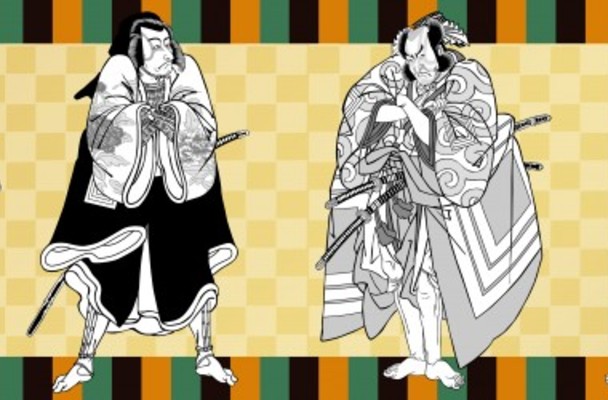
Do you know the difference between early kabuki dance and normal kabuki? Kabuki is typically split between kabuki drama and kabuki dance, which can sometimes make it quite difficult to understand which is which and what the differences are. Let's take a look into the differences and learn more about what makes these two Japanese art forms unique.
Kabuki is a Japanese Theatrical Art Form Born from Kabuki Dance
Kabuki Dance was first said to have been performed in the year 1603 by Izumo no Okuni, a beloved Japanese shrine maiden. During that time, it was said that flashy clothing would have been worn alongside wielding a large sword, with irrational young men performing these dances often being called "Kabuki Men". Okuni decided to copy these men, dressing like them, and dancing in the form of the current trend known as "Chaya Asobi". Furthermore, as the Heian period of Japan started, kabuki dance became a central part of certain events such as Obon, Buddhist memorial services, and more where people would perform these dances to the sound of a large drum.
The kabuki dance trend started by Okuni was loved not only by the common folk but by samurai and nobles alike, eventually, the Edo shogunate banned girls' kabuki due to the disorder of customers.
While young men's kabuki had still garnered attention and popularity, after a while, it was also banned for the same reasons.
After which, only theatre performed by older men was available during the Kanbun era and Enpō era (1661 - 1681), which is where the act of face painting based on role and other such customers were allegedly born.
Kabuki Dance & Drama in Kabuki Performances
During the Genroku era (1688.9.30-1704.3.13), kabuki rapidly increased in popularity and rose to be known as one of Japan's top art forms.
During this era, magnificent performances such as "Aragoto" were created, with actors during the early Edo period of Japan such as Ichikawa Danjyuro, or Yatsushi Goto who typically played the role of a fallen high-class noble, and even the famous Sakata Tojyuro and more. Tojyuro's performances would come to be known as "Wagoto" which would be succeeded in the family for generations to come.
The author for certain kyogen kabuki plays Chikamatsu Monzaemon was also active during the Genroku era and wrote plays for Sakata Tojyuro.
In current day kabuki performances, there are typically 2 types, kabuki kyogen, and kabuki buyo. Kabuki kyogen typically has performances with "jidai mono (historical object)" and "sewa mono (Edo-period drama about contemporary life)" in them. Jidai mono typically shows plays regarding Edo period nobles, samurai, and priests with older settings. Sewamono is typically about Edo period salesmen and ordinary life, such as fishermen or harlots.
Within kabuki dance, you have dancing during the performances such as "musume dojyouji" and "kanjin cho", both of which have stronger elements than most performances, and while the performances are said to be from the actors and actresses, the origin is from normal kabuki.

Comments